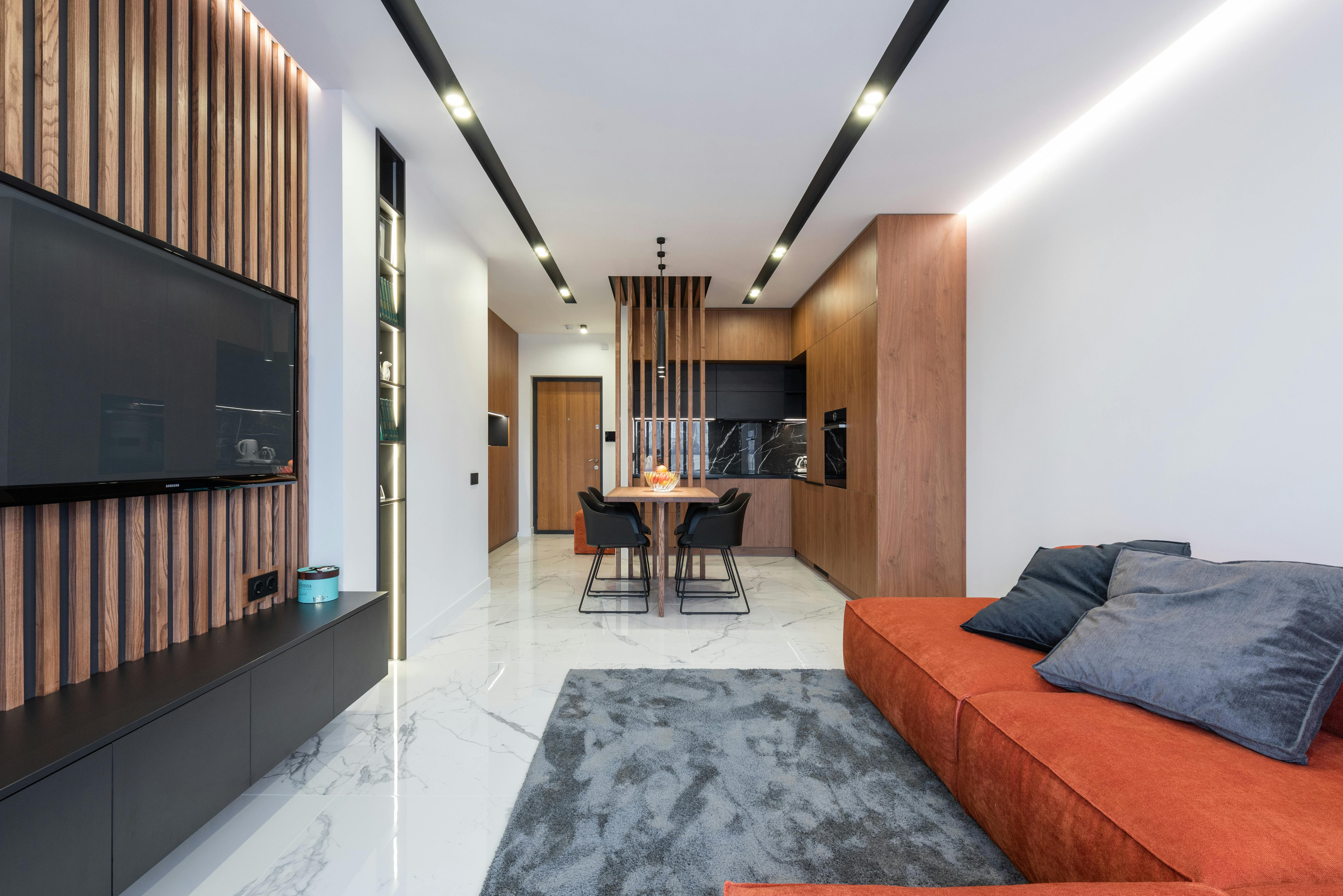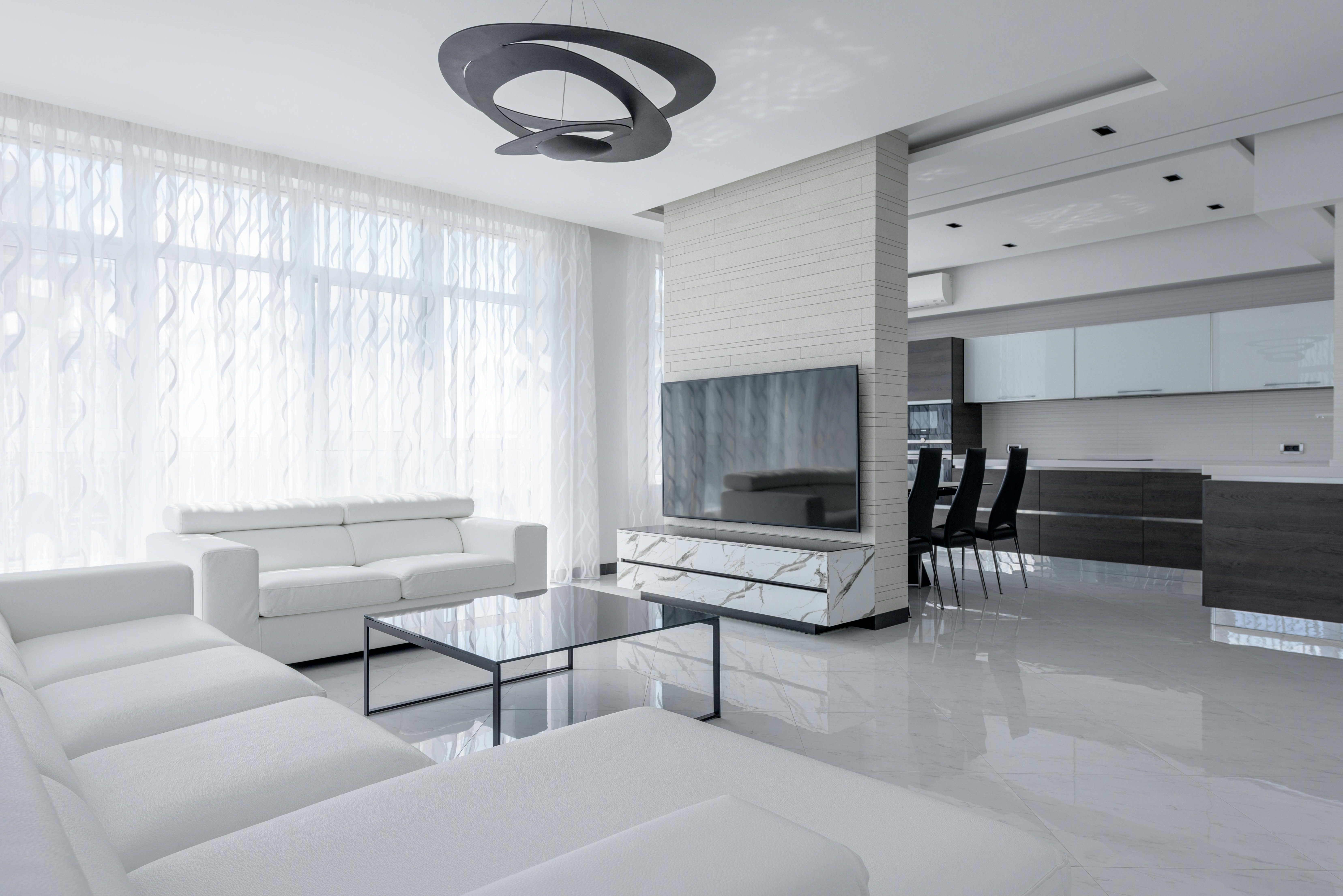HomeKit Hiccups: Tackling Common Issues for a Seamless Smart Home Experience

Do you ever get frustrated trying to keep track of all your television remotes? Between your cable box, streaming devices, sound system and TV itself, coffee tables everywhere are drowning in plastic. What if you could control it all from a single app on your phone instead?
In this article, you’ll learn about an innovative smart phone app that aims to replace your pile of traditional remotes and act as an all-in-one entertainment command center. We’ll cover how it works, what devices it’s compatible with, key features that make it stand out, and simple set-up – no technician required.
Whether you’re a cable subscriber, streaming fanatic, casual viewer or somewhere in between, this app seeks to meet every type of user’s needs. You’ll never hunt for the right remote again. Read on to find out how it can simplify and enhance your home entertainment experience through the power of your smartphone.
The Unresponsive Accessory Conundrum
Is your living room cluttered with a pile of remote controls? Do you struggle with connecting new devices or keeping track of which remote goes with which device? If so, you’re not alone. Many homeowners face the frustrating reality of accessory devices that seem unresponsive or fail to connect properly to their home network.
In this blog post, we’ll provide helpful tips to get your accessories back up and running when they show error messages like “This accessory is having trouble connecting”. You’ll learn the common reasons behind such connection issues along with actionable steps to troubleshoot and reset problematic accessories.
We’ll specifically cover best practices when dealing with two major culprits of connectivity problems – outdated Wi-Fi settings and range limitations relative to your home hub. You’ll discover how simple software updates or minor adjustments to an accessory’s physical location can get things back on track. We’ll also walk through effective procedures for fully resetting accessories and properly re-adding them to your HomeKit system.
By the end, you’ll feel empowered to breathe new life into pesky accessories plagued by messages of “not responding”. Trouble-free HomeKit operation awaits! Gain the insight needed to declutter your home entertainment setup and keep things running smoothly. All key learnings provided without a single promotional link or commercial influencer – just highly focused, unbiased help right when you need it!
Automation Aggravations: When Scenes and Schedules Go Awry
When Automations Go Awry
We’ve all been there – you set up a fancy new scene or schedule in HomeKit, only to find it activating at odd hours or not running at all. Nothing kills the smart home magic faster than janky automations. But before you rage quit and disable everything, here are some troubleshooting tips to get your home humming again.
Verify Your Configuration
First, carefully check the settings for the problematic automation. Make sure the trigger conditions match your intent – did you select the right time of day or sensor readout? Are all the appropriate accessories and scenes included? Double check room assignments as well. It helps to review the automation summary in the app to confirm everything looks accurate.
Update Your Home Hub Firmware
Outdated home hub firmware can wreak all kinds of chaos. Whether you use an Apple TV, HomePod, or iPad as your main hub, be sure it’s running the latest OS version. To update, open the device’s settings and tap Software Update. Newer iterations often contain bug fixes for automation reliability.
When All Else Fails, Start Fresh
If you just can’t get that darn automation to cooperate, deleting and recreating it from scratch might help. Tedious yes, but sometimes necessary. When building it again, think carefully through each step. As automation expert Jim Peters says, “thoughtful behavior modeling is key to avoiding undesirable surprises.“
For advanced scheduling, an app like Universal Remote TV Control can also help tie various home entertainment scenes together seamlessly. Just be sure to thoroughly test any reconstructed automations beforehand!
The Missing Notification Mystery
It’s frustrating when you expect timely notifications from your HomeKit setup, but don’t receive them for some reason. I feel your pain! As a smart home enthusiast myself, I rely on notifications to monitor my accessories and ensure everything’s running properly.
Before assuming your devices are to blame, there are a few easy troubleshooting steps to try first:
Verify Notification Settings
Make sure notifications are enabled for the Apple Home app specifically. Even if you have notifications turned on for other apps, the settings are separate for each one. Open your iPhone’s Settings > Notifications > Home to double check.
Confirm Accessory Notification Options
Additionally, ensure each HomeKit accessory you expect to receive notifications from is properly configured. Accessories have their own separate toggles to enable/disable notifications for specific activity triggers within the Home app.
| Pros | Cons |
| Quick way to check an obvious oversight | Time consuming if you have many accessories |
| Lets you customize alerts for each device | Easy to overlook one device’s settings |
Sign Out and Back In of iCloud
As a last resort, signing out of iCloud and back in can essentially reboot your HomeKit connection and notifications. It’s an inconvenient process, but works more often than expected. Just don’t forget your Apple ID password in the process!
While frustrating, notification issues tend to have simple solutions. Hopefully trying these steps saves you from losing sleep over a mysteriously quiet HomeKit system. For more advanced troubleshooting tips, check out Apple’s HomeKit advice page which is packed with useful insight.
Thread and Matter: Navigating the New Standards
Navigating the New Smart Home Standards
As exciting as Thread and Matter are, the new standards can cause confusion for those with existing HomeKit setups. Will Thread deliver meaningful improvements? What about Matter compatibility? Before upgrading, it’s wise to understand how these advancements could impact your home.
Key Benefits
Thread offers enhanced connectivity and reliability through mesh networking. Meanwhile, Matter enables broader device compatibility, allowing smart home products to work together, regardless of ecosystem.
However, Thread and Matter support is still rolling out. Not all devices are compatible yet. Check carefully before purchasing to avoid disappointment.
Future-Proofing Your Home
- When possible, opt for Thread and Matter-ready products.
- For ultimate convenience, consider app-based remotes like Universal Remote TV Control, which works across many TV brands and streaming platforms.
- Focus on devices meeting the latest standards to minimize integration issues as your smart home evolves.
The road ahead may have some bumps as the industry transitions to Thread and Matter. But by making informed choices, you can build a future-proof smart home setup.
Preserving Your Smart Home Investment
We understand the frustration of having recently invested in building out your smart home only to find new standards emerging that aren’t yet supported. It’s reasonable to feel overwhelmed by trying to understand thread, matter, and compatibility across devices.
The good news is you don’t necessarily need to replace everything at once. Consider assessing which devices you rely on most and focus on future-proofing those. For example:
- If whole home audio is important, look into a Matter-compatible speaker system
- If lighting and responsiveness matters most, consider newer Thread-enabled bulbs and switches
Take time to research manufacturers’ upgrade plans and roadmaps as well. Many are actively working toward compatibility. And some products like None allow flexibility in trying new protocols across your existing setup through its free trial period.
Evolving industry standards can be frustrating mid-upgrade. But by selectively adding new devices and testing capabilities like thread and Matter connectivity, you can evaluate what works best for your needs over time. The smart home space continues advancing quickly, so there’s no need to overhaul everything today. Assess your priorities, test thoughtfully before buying, and focus on the devices that impact your daily life the most.
Conclusion
And that wraps up some of the common HomeKit issues and how to address them. By taking a patient, proactive approach, you can create a smooth-running smart home over time. Remember that solutions emerge daily within the HomeKit community, so stay optimistic!
As we navigate new home automation standards like Thread and Matter, having a versatile, universal remote control app can simplify your setup. With customizable themes, broad device compatibility, and intuitive controls, Universal Remote TV Control aims to replace your pile of traditional remotes. And with a free trial period, it doesn’t hurt to test and explore the features.
Hopefully these HomeKit tips prove useful on your smart home journey. Don’t hesitate to keep learning, tweaking, and leaning on fellow Redditors for guidance. The future looks bright for home automation if we work through the hurdles together!




